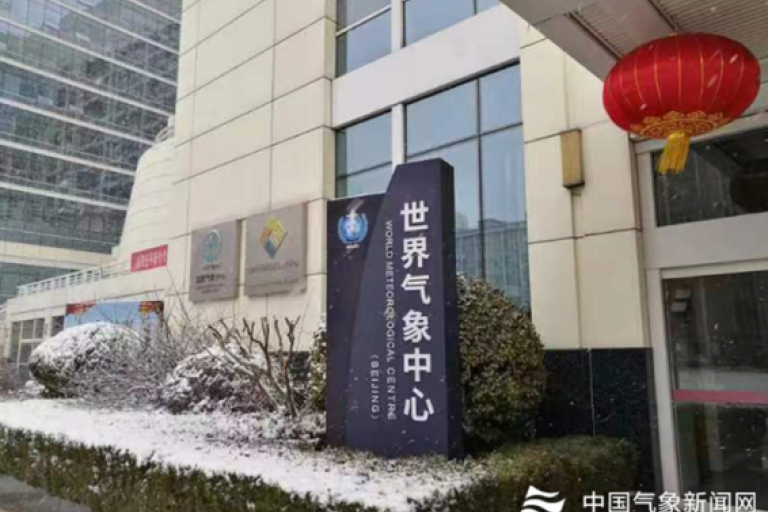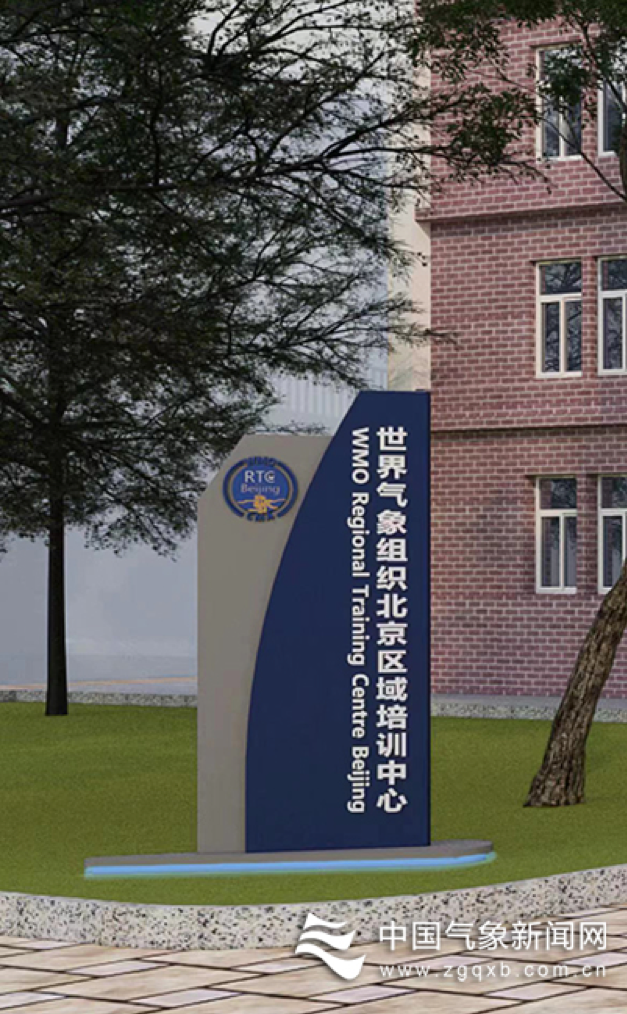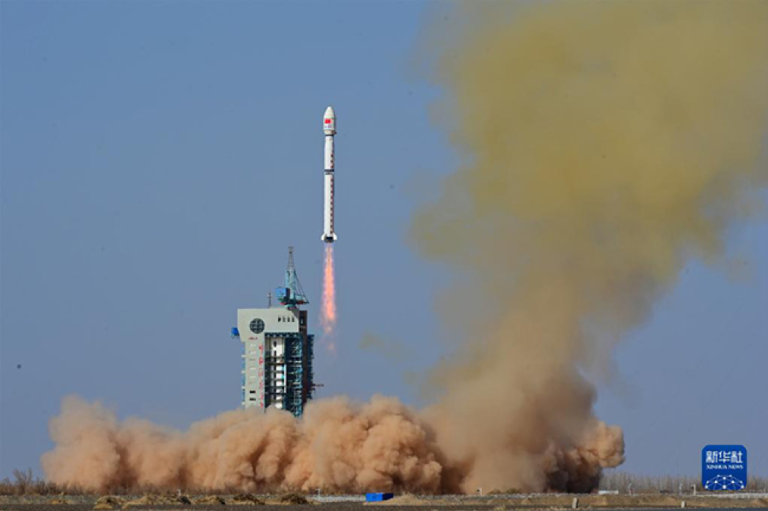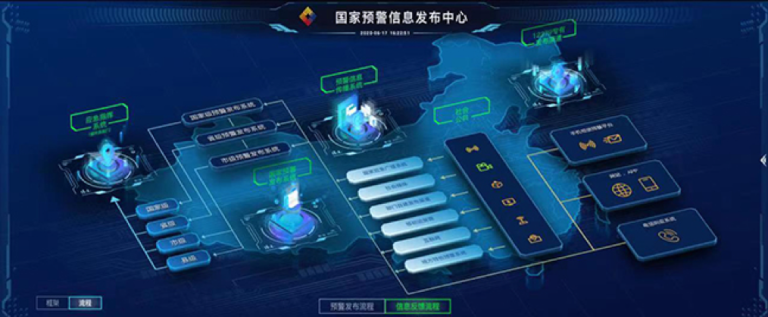From Members: China’s 9119 Working Method
The diverse high-quality meteorological service available in China often impress international visitors – especially the meteorologists from least developed and developing countries that visit the China Meteorological Administration (CMA) as part of the WMO-sponsored China Study Tour program. They are curious about the infrastructure, products and services, international cooperation, good practices and key documents that bring it all together. The often want to know “How CMA develops such relevant and robust plan-of-action for meteorological services?” The answer: The 9119 Working Method for Investigative Research and Effective Implementation.

Investigative research is the basis of meteorology and has proven invaluable for CMA to exercise leadership in times of construction and reform. “Without investigative research, we have no right to speak" is a statement that is revelatory of how work is done in National Meteorological and Hydrological Services (NMHSs). That has been the practical experience of CMA over its history. Investigative research delves deep to reveal factual information on the underlying causes of events and permits CMA to gain a proper objective understanding of these as they develop and evolve. NMHS officials must be at the front line – exposed to real world events as they happen – and immersed in practical activities while sharing ideas in order to make breakthroughs in research.
The 9119 Working Method weighs investigation at 90%, decision-making at 10%, assignment at 10% and implementation 90%. The numbers coincidently replicate the emergency services telephone numbers – "911" and "119" – that the United States and China have in common. It reflect the realization at CMA that when less effort is spent on the two pillars of the 9119 Working Method – investigative research at the beginning and effective implementation at the end – then more effort will have to be spent on “fire-fighting” and “emergency response”. In other words, less effort on the two pillars means fewer gains and heavier work schedules that lead to chaotic situations. A failure in either will give rise to unforeseen problems down the line that will be difficult to resolve at the juncture at which they occur.

A successful work cycle requires well-developed processes for 1) policy formulation, 2) circumstance setting, 3) facilitation and implementation, and 4) inspection and supervision. Prior insightful objective analysis of evolving realities is essential to develop and implement the correct processes. Investigative research-based decisions and effective implementation-based assignments yield practical and tangible results. Without objective investigative research, policy measures have no backbone. Without follow-up assignment and effective implementation, investigative research is mostly futile.


China has state-of-the-art observational and data-processing infrastructure.
Investigative research for policy formulation at CMA’s head office level takes up more than 90% of its time and energy, while final discussions and decisions take less than 10%. This 90% is for hands-on investigative research – rather than reading reports, hearings from subordinates in briefings or getting information from other sources. Fact-finding missions and studies are essential:
- For strategic development plans or major projects, especially when these are of vital necessity to the life and safety of people
- When differences linger on major issues and it is difficult to take a decision
- When an important and well-documented lesson learnt is to be scaled up
- When a mistake is made or no breakthrough occurs despite the work performed
- When there are signs of or inklings that a problem may occur.

The materials and facts obtained from the investigative research should be carefully reviewed and analyzed in consultations with others with repeated checks and balances. Individual items in the agenda should be thoroughly considered before being decided upon so that decisions are made in a robust and efficient manner.
Implementation of assignments also needs to be closely followed. The assigned task should only take 10% of the effort, while efficient implementation will require 90%. During the implementation process, officials should not be buried in meetings and other matters. Implementation requires time and energy in addition to direct coordination and personal supervision to ensure that assigned tasks are performed correctly. This has to be done with equal care at each level of implementation to develop a pragmatic, down-to-earth, styles of working. When such implementation does not take place, staff just “follow the book” without knowing why. If obstacles or questions arise, the staff is at a loss on how to resolve them. In-depth investigation and close involvement in implementation allow for adequate understanding of every decision and the knowledge underlying every process. Correct working attitudes, pragmatic working styles and positive working habits will develop over time with this approach. While ineffective implementation on a shaky knowledge foundation will lead to “fires” everywhere in the days, months and years that follow.
China's Natural Oxygen Park
The 9119 Working Method, so named and put forward by the incumbent Board of CMA, is also called the CMA Working Method (CWM). In an ever-changing environment where there is a pressing need for more and better meteorological services to enable society, the 9119 Working Method – a proven approach at CMA to work more responsibly, productively and smartly – will be equally effective in other NMHSs.

Author: Victor JIA Ning, Jack ZHANG, NA Xiaodan, Melinda XIAO Fang
Photos contributed by ZHUANG Baiyu, YAN Guanhua, LIU Yingjie, DING Haifang, ZHOU Qingliang, QU Ya, LIU Yiming, ZHANG Yi


